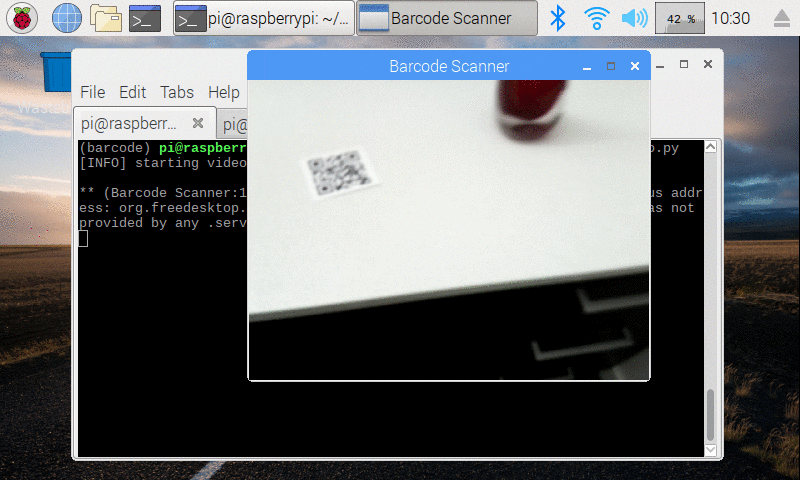Automatic License Plate Recognition Using Python And Open Cvs

Jul 10, 2017 - To learn more about using Tesseract and Python together with OCR, just keep reading. In this case, our virtualenv is named cv. Text = pytesseract.image_to_string(Image.open(filename)). An entire set of lessons dedicated to building your own Automatic License/Number Plate Recognition system. The project developed using TensorFlow to recognize the License Plate from a car and to detect the. Python Updated Sep 17, 2018. License Plate Recognition based on CNN/Deep Learning. Read Vehicle Number Plate and store the data in a CSV file with date and time. Automatic License Plate Recognition.
I am trying to process a License Plate and extract characters from the plate. I am using OPENCV for performing the image processing functionalities. My aim is to process the images using OPENCV and then finally feed it to Tesseract for performing the OCR. I am performing Image Enlarging, Image Histogram Equalisation, Color Quantisation, Image Thresholding and Image Erosion. What should I do next in the sequence? These operations are becoming very specific to images. Is there any approach by which I can make it generalized for any license plate images and feed it to tesseract for the character recognition.
The expectation is to extract the License Plate Number and the State above the number. Nazhip valitov knigi.
• First, we’ll identify a car using OpenALPR and Node-RED; • Then, we’ll trigger an event based on the detected car (for example, open the garage when it detects that your car arrived home); The following image shows how the detection process will work: In this example, we use a PIR motion sensor to detect that the car arrives home. There are other sensors that may be more suitable to detect a car, for example: • Hall effect sensor: senses changes in magnetic field when the car is near; • Ultrasonic sensor: detects distance to an object; • Active infrared detectors: detects the presence of an object by detecting the reflection of infrared light. When the sensor detects motion, the Raspberry Pi camera takes a photo. After that, the Pi sends a request to OpenALPR with the car photo to be identified. Then, the OpenALPR API returns the car details like: plate number, model, color, and the confidence of the results.
After identifying a car, we’ll do some verifications, and if we found an authorized car, we’ll trigger an event (that can be open the garage, for example). The following image contains a flowchart showing the process. Here’s what happens: after the car has been identified by OpenALPR, we’ll check if the license plate and the car model match. If they match, we’ll check if the car is in the list of authorized vehicles. If it is, we’ll trigger an event. For example: open the garage. After that, we wait a determined period of time until the car enters the garage.

Then, you need to add several verifications to check if the car has already entered the garage. If yes, you can close the garage. Prerequisites: • You should be familiar with the Raspberry Pi –. • You should have the Raspbian or Raspbian Lite operating system installed in your Raspberry Pi –.
• We’ll be using the Raspberry Pi Camera V2 Module, we recommend reading:. • You need and If you like home automation and you want to learn more about Node-RED, Raspberry Pi, ESP8266 and Arduino, we recommend that you download our course:.
Knowledge is account if you'd like to. Download adams pulsd electric motor generator manual.